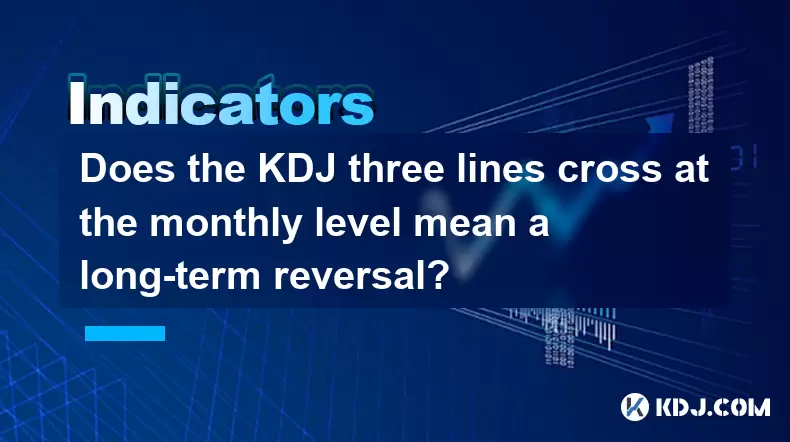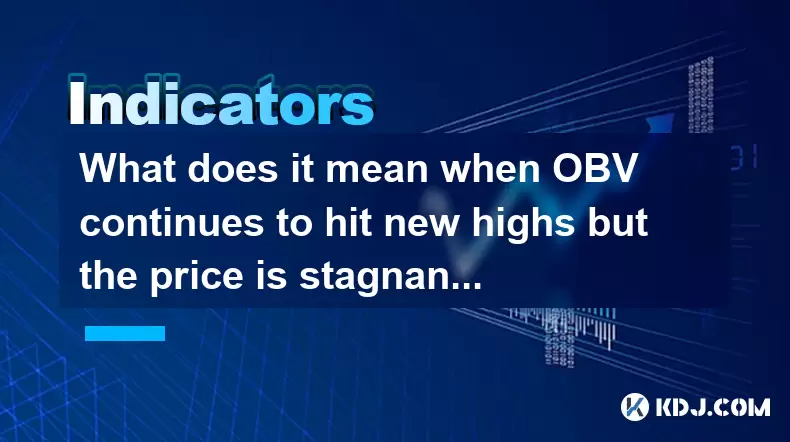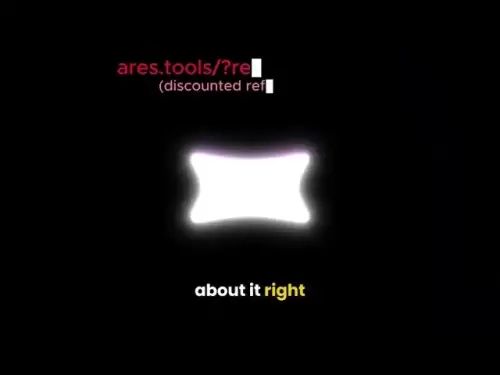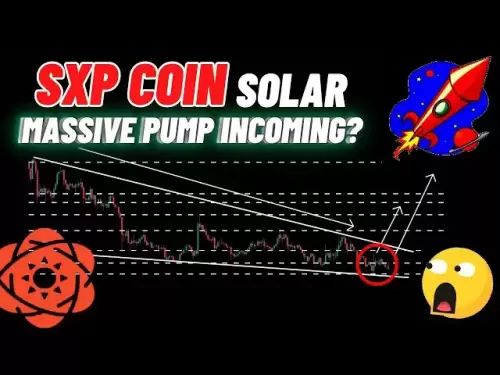-
 Bitcoin
Bitcoin $117500
2.04% -
 Ethereum
Ethereum $3759
3.02% -
 XRP
XRP $3.171
3.30% -
 Tether USDt
Tether USDt $1.000
0.03% -
 BNB
BNB $782.4
2.52% -
 Solana
Solana $187.2
5.62% -
 USDC
USDC $0.0000
0.02% -
 Dogecoin
Dogecoin $0.2380
5.26% -
 TRON
TRON $0.3175
1.07% -
 Cardano
Cardano $0.8227
4.03% -
 Hyperliquid
Hyperliquid $44.50
5.44% -
 Sui
Sui $4.020
10.07% -
 Stellar
Stellar $0.4396
6.28% -
 Chainlink
Chainlink $18.32
4.55% -
 Hedera
Hedera $0.2628
10.71% -
 Bitcoin Cash
Bitcoin Cash $554.8
4.90% -
 Avalanche
Avalanche $24.20
4.60% -
 Litecoin
Litecoin $113.7
2.31% -
 Shiba Inu
Shiba Inu $0.00001413
5.99% -
 UNUS SED LEO
UNUS SED LEO $8.984
0.11% -
 Toncoin
Toncoin $3.326
7.22% -
 Ethena USDe
Ethena USDe $1.001
0.00% -
 Uniswap
Uniswap $10.49
4.56% -
 Polkadot
Polkadot $4.092
4.02% -
 Monero
Monero $326.6
1.30% -
 Dai
Dai $1.000
-0.01% -
 Bitget Token
Bitget Token $4.570
2.49% -
 Pepe
Pepe $0.00001267
5.10% -
 Aave
Aave $297.3
3.10% -
 Cronos
Cronos $0.1344
4.10%
Does the KDJ three lines cross at the monthly level mean a long-term reversal?
A monthly KDJ crossover in oversold territory, confirmed by volume and on-chain data, may signal a strong long-term bullish reversal in cryptocurrencies like Bitcoin or Ethereum.
Jul 26, 2025 at 06:07 am

Understanding the KDJ Indicator in Cryptocurrency Trading
The KDJ indicator is a momentum oscillator widely used in technical analysis across financial markets, including the cryptocurrency market. It consists of three lines: the %K line, the %D line, and the %J line. The %K line represents the current closing price relative to the price range over a specified period, typically 9 periods. The %D line is a moving average of %K, acting as a signal line. The %J line reflects the divergence between %K and %D, often calculated as 3×%K – 2×%D. In the context of monthly chart analysis, these lines are calculated based on monthly closing prices, making them significant for identifying long-term trends.
When traders observe the three lines crossing on the monthly timeframe, it suggests a shift in momentum that could signal a potential reversal. However, the interpretation must consider the broader market context. For instance, if the KDJ lines cross from below to above in oversold territory (typically below 20), this may indicate a bullish reversal signal. Conversely, a crossover from above to below in overbought regions (above 80) might suggest a bearish reversal. Given the volatility of cryptocurrencies, such signals on the monthly chart carry more weight due to the extended time horizon.
Monthly Timeframe Significance in Crypto Markets
The monthly chart provides one of the highest timeframes available for technical analysis. It filters out short-term noise and captures macro-level price behavior. In cryptocurrency trading, where prices can swing dramatically over days or weeks, the monthly view helps identify sustained trends and potential turning points. A crossover of the KDJ lines at this level implies that momentum has shifted over several months, increasing the likelihood that the signal reflects a genuine structural change rather than a temporary fluctuation.
Because monthly candles form slowly—each representing 30 days of price action—any crossover on this chart develops over time. This slow formation reduces false signals compared to higher-frequency charts. For example, if the %K line crosses above the %D and %J lines while all three are rising from below 20, it suggests that buying pressure has been building for months. This kind of setup is often watched closely by long-term investors and institutional traders who rely on higher timeframe confirmations before entering large positions.
Conditions That Strengthen the Reversal Signal
Not every KDJ crossover on the monthly chart leads to a sustained reversal. Certain conditions must be met to increase the signal’s reliability:
- The crossover occurs in oversold or overbought zones, enhancing its predictive power. A bullish crossover below 20 is more credible than one near the middle line (50).
- There is volume confirmation, meaning that rising volume accompanies the price movement post-crossover, indicating strong market participation.
- The crossover aligns with key support or resistance levels on the price chart. For example, a bullish KDJ crossover near a historical price bottom reinforces the reversal hypothesis.
- Other technical indicators, such as monthly MACD or moving averages, show confirming signals. If the MACD line crosses above its signal line at the same time, the combined evidence strengthens the case.
These factors help distinguish between a meaningful long-term reversal and a temporary bounce or correction. In the crypto market, where sentiment can shift rapidly due to news or macroeconomic factors, confluence with multiple indicators is essential.
Step-by-Step Guide to Analyzing KDJ Monthly Crossovers
To properly assess whether a KDJ monthly crossover indicates a long-term reversal, follow these steps:
- Open a monthly chart of the cryptocurrency you are analyzing (e.g., Bitcoin or Ethereum) on a platform like TradingView or Binance.
- Apply the KDJ indicator with default settings (9,3,3) or adjust based on your strategy. Ensure the indicator is set to the monthly timeframe.
- Identify the position of the three lines: Check if %K, %D, and %J are converging and crossing. Note the direction—bullish (upward cross) or bearish (downward cross).
- Check the KDJ value range: Determine if the crossover happens in oversold (<20) or overbought (>80) territory.
- Analyze price action context: Look for nearby support/resistance levels, trendlines, or chart patterns that align with the signal.
- Cross-verify with other indicators: Add the monthly MACD, RSI, and 200-period moving average to see if they support the reversal hypothesis.
- Monitor volume trends: Use on-chain or exchange volume data to confirm increasing participation after the crossover.
Each step ensures a comprehensive evaluation. Skipping any may lead to misinterpretation, especially in a market as volatile as cryptocurrency.
Historical Examples in Major Cryptocurrencies
In Bitcoin’s price history, there have been instances where a monthly KDJ crossover coincided with major trend reversals. For example, in early 2019, after a prolonged bear market, the KDJ lines crossed upward from deeply oversold levels on the monthly chart. At the same time, price found support near $3,200, and on-chain metrics showed declining exchange reserves, indicating accumulation. Over the following months, Bitcoin began a sustained rally, eventually reaching new highs in 2021.
Similarly, in late 2022, Ethereum’s monthly KDJ entered oversold territory, and the %K line began to rise above %D and %J. This occurred alongside a broader market capitulation and the completion of the Merge upgrade. Although the immediate price reaction was muted, the crossover marked the beginning of a consolidation phase that preceded a significant upward move in 2023. These cases illustrate that while the KDJ monthly crossover is not a standalone trigger, it can serve as an early warning of potential long-term shifts when combined with other evidence.
Common Misinterpretations and Risks
Traders often misinterpret KDJ signals by focusing solely on the crossover without considering context. A common mistake is assuming that any upward cross on the monthly chart guarantees a bull run. However, crossovers in neutral zones (between 30 and 70) lack the strength of those in extreme zones. Another risk is ignoring divergence—for example, if price makes a new low but KDJ forms a higher low, this hidden bullish divergence may be more significant than the crossover itself.
Additionally, lagging nature of the KDJ indicator means it reacts to past price action. On the monthly chart, this lag can delay signals by weeks or even months. By the time the crossover appears, a substantial portion of the move may already have occurred. Therefore, relying exclusively on KDJ without incorporating price action analysis or on-chain data increases the risk of late entries.
Frequently Asked Questions
Q: Can the KDJ indicator be adjusted for different cryptocurrencies?
Yes, the KDJ parameters (typically 9,3,3) can be customized. For more volatile cryptos like meme coins, increasing the period (e.g., 14,3,3) may reduce noise. Always backtest changes on historical data before live application.
Q: Does a KDJ crossover on the monthly chart always require immediate action?
No. It serves as a signal to investigate further. Many traders wait for confirmation from the next monthly candle or additional indicators before acting.
Q: How does the KDJ compare to the Stochastic RSI on monthly charts?
The KDJ smooths the Stochastic values with an additional moving average and includes the %J line for momentum insight. Stochastic RSI is more sensitive and may generate more frequent signals, but KDJ is often preferred for higher timeframes due to its filtering effect.
Q: Can on-chain data validate a KDJ monthly crossover?
Yes. Metrics like exchange outflows, rising active addresses, or declining supply in exchanges can support a bullish KDJ signal by indicating accumulation.
Disclaimer:info@kdj.com
The information provided is not trading advice. kdj.com does not assume any responsibility for any investments made based on the information provided in this article. Cryptocurrencies are highly volatile and it is highly recommended that you invest with caution after thorough research!
If you believe that the content used on this website infringes your copyright, please contact us immediately (info@kdj.com) and we will delete it promptly.
- Pi Coin, Wallet Features, and Coinbase: What's the Buzz?
- 2025-07-26 18:30:12
- Worldcoin, Punisher Coin, and the Meme Coin Mania: What's the Haps?
- 2025-07-26 18:30:12
- Dogecoin Trajectory: From Meme to Mainstream and Beyond in Crypto
- 2025-07-26 17:10:14
- LasMeta, Pyth Network, NovaDrop NFTs: Decoding the Buzz
- 2025-07-26 16:30:12
- SHIB Long/Short: Riding the Shiba Inu Waves Like a Pro
- 2025-07-26 17:50:12
- VeChain (VET) Price Prediction: Will VET Reach $0.040 in August 2025?
- 2025-07-26 16:50:12
Related knowledge

What does it mean that the rebound is blocked after the moving average is arranged in a short position for the first time?
Jul 26,2025 at 10:51am
Understanding the Short-Term Moving Average ConfigurationWhen traders refer to a 'short position arrangement' in moving averages, they are describing ...

What does it mean when the price rises along the 5-day moving average for five consecutive days?
Jul 26,2025 at 08:07am
Understanding the 5-Day Moving Average in Cryptocurrency TradingThe 5-day moving average (5DMA) is a widely used technical indicator in cryptocurrency...

What does it mean when ADX breaks through 25 and +DI continues to rise?
Jul 26,2025 at 07:00pm
Understanding the ADX Indicator and Its ThresholdsThe Average Directional Index (ADX) is a technical analysis tool used to measure the strength of a t...

What does it mean when the price breaks through the 60-day moving average with a large volume but shrinks the next day?
Jul 26,2025 at 06:01am
Understanding the 60-Day Moving Average in Cryptocurrency TradingThe 60-day moving average (60DMA) is a widely used technical indicator in the cryptoc...

What does the sudden rise of ADX in DMI accompanied by +DI crossing -DI indicate?
Jul 26,2025 at 01:21pm
Understanding the DMI and Its Core ComponentsThe Directional Movement Index (DMI) is a technical analysis tool used to determine the presence and stre...

What does it mean when OBV continues to hit new highs but the price is stagnant?
Jul 26,2025 at 09:57am
Understanding the On-Balance Volume (OBV) IndicatorThe On-Balance Volume (OBV) is a technical analysis indicator that uses volume flow to predict chan...

What does it mean that the rebound is blocked after the moving average is arranged in a short position for the first time?
Jul 26,2025 at 10:51am
Understanding the Short-Term Moving Average ConfigurationWhen traders refer to a 'short position arrangement' in moving averages, they are describing ...

What does it mean when the price rises along the 5-day moving average for five consecutive days?
Jul 26,2025 at 08:07am
Understanding the 5-Day Moving Average in Cryptocurrency TradingThe 5-day moving average (5DMA) is a widely used technical indicator in cryptocurrency...

What does it mean when ADX breaks through 25 and +DI continues to rise?
Jul 26,2025 at 07:00pm
Understanding the ADX Indicator and Its ThresholdsThe Average Directional Index (ADX) is a technical analysis tool used to measure the strength of a t...

What does it mean when the price breaks through the 60-day moving average with a large volume but shrinks the next day?
Jul 26,2025 at 06:01am
Understanding the 60-Day Moving Average in Cryptocurrency TradingThe 60-day moving average (60DMA) is a widely used technical indicator in the cryptoc...

What does the sudden rise of ADX in DMI accompanied by +DI crossing -DI indicate?
Jul 26,2025 at 01:21pm
Understanding the DMI and Its Core ComponentsThe Directional Movement Index (DMI) is a technical analysis tool used to determine the presence and stre...

What does it mean when OBV continues to hit new highs but the price is stagnant?
Jul 26,2025 at 09:57am
Understanding the On-Balance Volume (OBV) IndicatorThe On-Balance Volume (OBV) is a technical analysis indicator that uses volume flow to predict chan...
See all articles

























































































